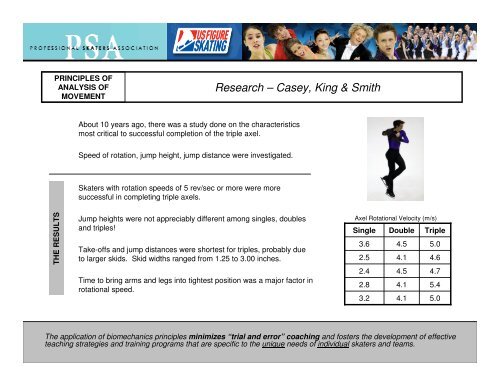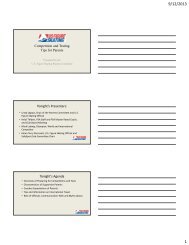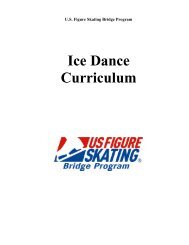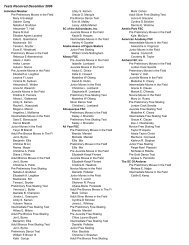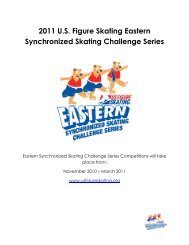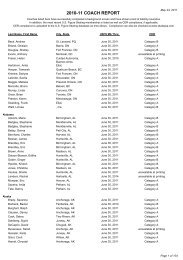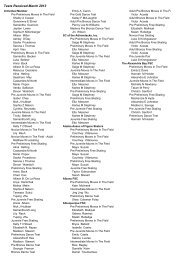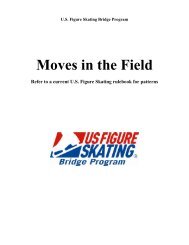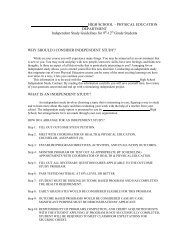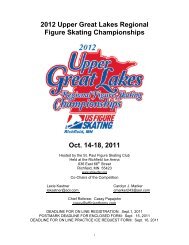Analysis of Movement - US Figure Skating
Analysis of Movement - US Figure Skating
Analysis of Movement - US Figure Skating
You also want an ePaper? Increase the reach of your titles
YUMPU automatically turns print PDFs into web optimized ePapers that Google loves.
PRINCIPLES OF<br />
ANALYSIS OF<br />
MOVEMENT<br />
Research – Casey, King & Smith<br />
About 10 years ago, there was a study done on the characteristics<br />
most critical to successful completion <strong>of</strong> the triple axel.<br />
Speed <strong>of</strong> rotation, jump height, jump distance were investigated.<br />
Skaters with rotation speeds <strong>of</strong> 5 rev/sec or more were more<br />
successful in completing triple axels.<br />
THE RESULTS<br />
Jump heights were not appreciably different among singles, doubles<br />
and triples!<br />
Take-<strong>of</strong>fs and jump distances were shortest for triples, probably due<br />
to larger skids. Skid widths ranged from 1.25 to 3.00 inches.<br />
Time to bring arms and legs into tightest position was a major factor in<br />
rotational speed.<br />
Axel Rotational Velocity (m/s)<br />
Single Double Triple<br />
3.6 4.5 5.0<br />
2.5 4.1 4.6<br />
2.4 4.5 4.7<br />
2.8 4.1 5.4<br />
3.2 4.1 5.0<br />
The application <strong>of</strong> biomechanics principles minimizes “trial and error” coaching and fosters the development <strong>of</strong> effective<br />
teaching strategies and training programs that are specific to the unique needs <strong>of</strong> individual skaters and teams.


